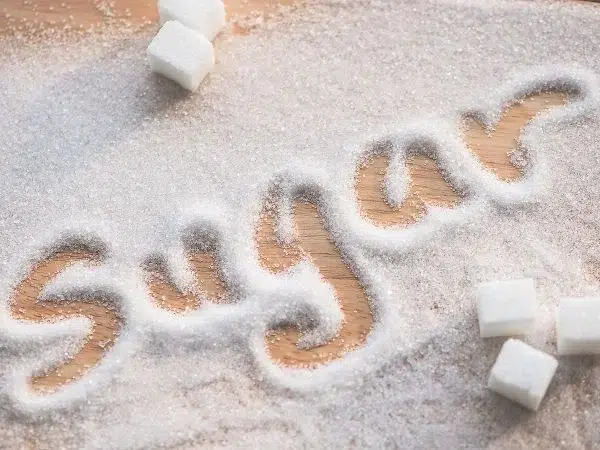
How Sugar could be Damaging your Body
And Ways to Combat the Cravings
As members of the dental profession, we love hearing stories about people changing their habits for the benefit of their teeth and overall health.
So when the Australian Dental Association (ADA) reported, on 27 January, that soft drink sales in 2016 for Australia’s two major supermarkets had fallen some 2.9%, we were pleased.
Additionally, the ADA reports that “sales of other grocery items containing high levels of sugar such as bread and bakery snacks, long-life juice and drinks, breakfast cereals and muesli, have also witnessed sales drops”. All of these figures indicate to us that the message of reducing your sugar intake is sinking in.
But just in case you needed more motivation here are a few fun facts about sugar:
• Consuming just one (1) 350ml sugary drink per day increases your risk of contracting Type 2 Diabetes by 22%.
• When the sugar from sweetened beverages combines with the bacteria in your mouth it creates an acid which weakens tooth enamel and increases your risk of tooth decay.
• Some regular, popper sized, fruit juices have up to eight teaspoons of sugar per serve.
• Much like alcohol, too much sugar can cause severe damage to your liver.
• The increase in uric acid caused by excess sugar consumption can lead to a greater risk of heart disease and kidney disease.
• It tricks your body into gaining weight.
• Sugar affects your mood and cognitive function.
So how can you entice your child, who has a weakness for sugary treats and drinks, to consume something healthier? Or perhaps you are the one with a sweet tooth … Here are our top three tips to ‘trick’ your child (or yourself) into swapping the tooth decaying treat for the healthier alternative:
1. Set a limit! If you are going to provide the sugary treat, limit the intake and monitor the portion size. Do not give in to the cries for more – this is more likely the sugar craving talking than the hunger pangs.
2. Make it look enticing. The appeal of the sugary treat begins with the colourful packaging. So make your plate as colourful as you can by using a range of fruits, vegetables and salads. And it doesn’t hurt to make a smiley face with your child’s vegetables.
3. If you are having a craving for something sweet try putting some frozen berries or mint in your water. They will taste sweet but will provide no damaging side effects.
If, after trying the above tips, you are still craving sugar, remember that it takes three weeks to break a habit; so stick with it because it will get easier. Further, your taste buds will need to adapt their ‘sweet sensors’ to the new tastes you are providing. You will find that after a month of swapping enhanced sugars for natural sugars that your taste buds will pick up on the more subtle sugars quickly and may even develop an aversion to overly sweet tastes.
References:
Australian Dental Association (2017) Coles and Woolworths’ soft drink sales slump amid health fears retrieved from: https://www.ada.org.au/News-Media/News-and- Release/Latest-News/Coles-and-Woolworths-soft-drink-sales-slump-amid
(2017) Facts: Did you Know, Rethink Sugary Drinks retrieved from: http://www.rethinksugarydrink.org.au/facts
Donegan, J (2015) Children’s fruit drinks deliver more sugar than soft drink, obesity policy coalition says, ABC News, retrieved from: http://www.abc.net.au/news/2015-04-13/childrens-fruit-drinks-deliver-more-sugar-than-soft-drink/6389260
(2016) Sugar Limits and Dental Caries in Children, retrieved from: http://thatsugarfilm.com/blog/2017/02/07/snack-limits-and-dental-caries-in-kids






